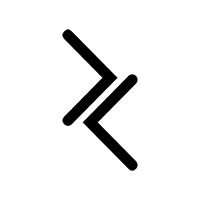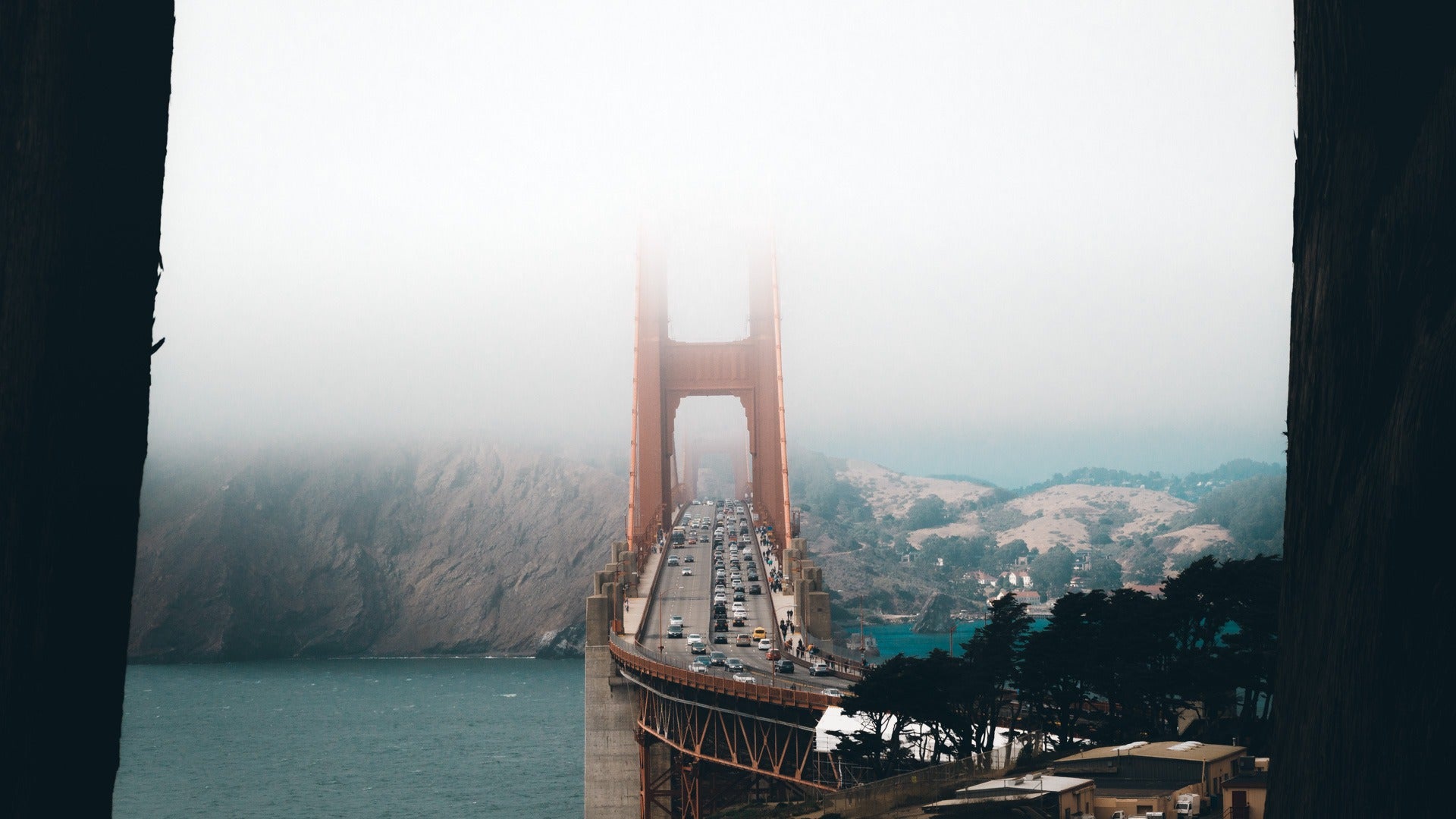How do I find my style?
It’s a question that inevitably comes up for almost every photographer actively trying to improve their images.
It’s a tough question; at first.
Because at first, you don’t really know what that means. Many photographers think that “style” is just equal to how someone might edit their images.
They start going down the rabbit hole, curious about how their favourite photographers ended up with those nice blue tones, or desaturated browns on their feeds, or how they have just that little bit of fade in every image.
When someone is starting out in photography, they don’t know the trends that have come and gone. The permanence of certain visual language elements that have stood the test of time. Or the kitsch crazes that have been and passed.
All of that is okay, because that’s the journey we’re all on.
The shiny stuff aside, to really find your style in photography, one has to know what this actually means.

What style is
Style is not specific “thing”. It’s not something you can just decide to have or not have.
Rather, think of style as a toolbox. A toolbox that has been refined over time.
When an apprentice builder starts his first job, he does so with a few tools he thinks he might need. Eventually, he finds tasks that he doesn’t have the tools for. He figures things out and adds more tools.
Along the way, he finds better, more efficient tools to do the same tasks, and so he swaps out his old tools over time.
Eventually, after having nailed thousands of nails and making hundreds of walls, he knows how to do it in his way, fast. Efficient. With style and grace, even. He’s become a master at that task and he sticks to what he knows.
Style is a lot like that. It looks a lot like the process of mastery.
Your toolbox isn’t just things like cameras, lenses and drones. It’s not just your choices of blue tones or red tones. It’s not just whether you like sharp images or blurry ones.
It’s also more abstract - it’s what you shoot, how you shoot it, and why.
Do you shoot landscapes more than urban scenes? Portraits over street?
How do you shoot those scenes? Wide? Tight? Abstract?
Why do you choose to shoot those scenes and why did you decide to do it in that way?
The answer to those questions is the genesis of “style” - the foundation of your toolkit.

It’s about what you value in life
A mix of knowing what you don’t know, and an alignment of that knowledge to the things you value in your own life.
For me, photography is about two things: Adventure and minimalism.
My first camera was given to me by my ex girlfriend. We’d chatted about wanting our relationship to have more adventure, and a camera was a great excuse to get out in the world and start documenting them. I’ve been addicted to chasing new experiences ever since.
But I’m also a minimalist. I put a lot of value on the things I bring in to my life. So on a more tactical level in my images, I try very hard to lean in to simple scenes. Scenes that have only 1 focus point, scenes that are immediately understandable and don’t require a lot of abstraction to pull meaning from.
I do this because I’m thoughtful about the value I place on my time in real life, and subsequently, I’m cognisant of your time too.
Of course, this, like all things in photography, is generally a guideline, not a rule, but it’s something I aim for, and it’s also something that took me a long time of practice, reflection, and a lot (over 100,000) of crappy frames to uncover, and I’m still (and forever) working on it. This is the state of my toolbox right now, and it’s always going to be changing.
What value do you give photography in your life?
One of my photography idols, Alex Strohl, talks about his work being symbolic of his love towards water. How it features in his images, the types of tones he uses, everything. I’ll let you discover why that is in your own discovery of his work, but this is the genesis of it, and I think the clarity of meaning he’s given his work is great.
It begins with inspiration
Start with why and find inspiration (from inside or outside yourself) until you discover the answer.
The problem for most beginners (but it never really goes away for anyone) is that you don’t know what you don’t know.
There’s so many places to gather your inspiration from. So many influences you can apply to your own photography.
Don’t think Instagram. Look wider. Look deeper.
Expose yourself to as much inspiration you can and take note of what you like and give value to that. Maybe it’s the story of your childhood. The visual treatment of your favourite movie. Your favourite quote from your grandma. A memory of a trip you’ll never forget.
How can you turn your life’s experiences into images?
Focus on the why and all else will follow. All the other shiny things like gear, settings and post processing will be so much better once you have your why.
But of course, look for other things that inspire you too - visual language techniques, colour palettes, bokeh, focal lengths, big scenes, little scenes, countries, films, everything. They all have a part to play.
The clarity of synthesis
After you’ve immersed yourself in inspiration and made a list of the things you love and are inspired by, synthesise them into something meaningful. Make sense of your inspiration.
Give yourself some maxims to operate by, even if you just write them down and never use them, at least they’ll be in your subconscious for when you’re out in the field.
Once you’ve defined what you’re inspired by, it’s much easier to find and make those images in the real world.
It might seem silly to make a vision board of your own style. It might seem strange to write down that you like taking photos of animals because you miss your dog at home.
The act of getting it down into the real world, to synthesise it, gives you clarity that most other people just don’t have. And when someone asks you “why do you take photographs?”, you’ll have a killer answer for them that will make you feel great and inspire them to think about their own work, too.

The art of experimentation
Once you’ve synthesised your style, you’ve reached the hardest part of it all. Putting yourself out there.
It’s time to test it out. At first, alone. Spend time working on it as much as you can.
But eventually, with people. Because art really isn’t art until it’s shared, and feedback isn’t really feedback unless someone else is giving it.
Yes, it’s scary. Yes, people might not like it. But if you like it, then maybe it’s not for them, and that’s okay. But for the people who do like it, it might just be the best fucking thing in the world, and without putting it out there, no one would never know.
What I love about this stage though, is the impermanence of experimentation. If it’s just an experiment, then it’s temporary. It should be. It means you can take it away or revert back to something else. But it also means that you can make it even better if it’s successful and it works.
It’s imperative that every creative sees life in this way. To have the courage to try something new, even if it’s scary. Change is the only method for growth.
The value of repetition
And once you take your experiment, shown it to the world and both you and the world loves it, refine it. Work on it some more. Keep getting better and better at that thing, because it’s here that the builder becomes a Master builder.
It’s here that you can see the finesse in the quality of work. The smooth joins and the perfect vertical lines. It’s also after mastering something that you can see the finesse in the quality of other people’s work and add that to your own inspiration too. It’s the best of all worlds.
And then start again
Because creativity has ebbs and flows. Ups and downs. Sure things and irrational fears.
Sometimes you need to just drop everything and start again. Sometimes that’s necessary to create the great work you’ll do in the future. It’s totally fine. It was all an experiment anyway.
After all, your toolbox might be a big one. Hell, it might even be well organised. But just like creativity, the contents never really stay the same forever.
Happy shooting and good luck.



